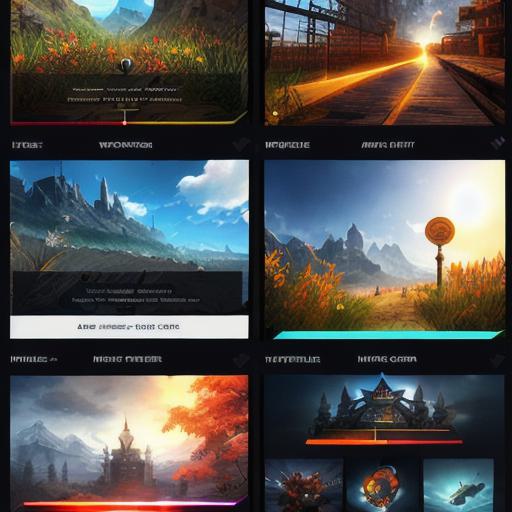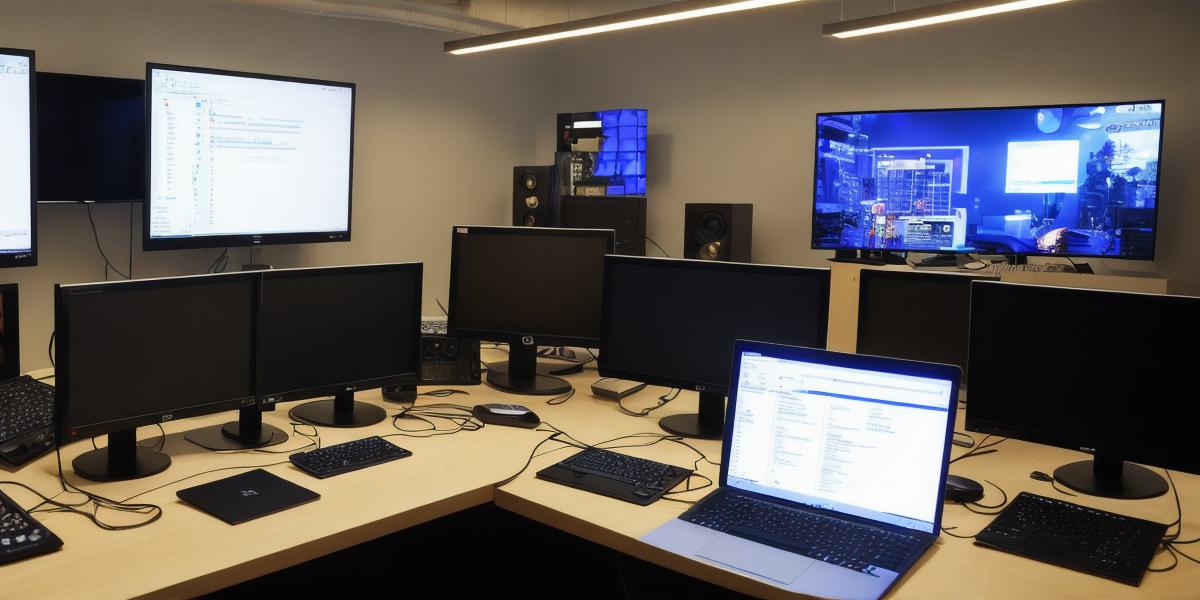Introduction:
Are you an aspiring game developer looking to showcase your skills and land your dream job? Building a strong game dev portfolio is crucial for any game developer. It’s not just about having the technical skills, but also about presenting them in the right way. In this article, we will provide you with expert tips on what should be included in a game dev portfolio to make it stand out and attract potential employers.
Part 1: The Importance of a Well-Crafted Portfolio
A game dev portfolio is your chance to showcase your work and demonstrate your skills to potential employers. It’s an opportunity for you to highlight your strengths, share your creative vision, and impress your audience. A well-crafted portfolio can make all the difference in securing a job in the competitive gaming industry.
According to James Gurney, a veteran game designer and author of "Game Design Secrets: The Fundamentals of Game Design," a strong portfolio is essential for any game developer. "A portfolio is your calling card," he says. "It’s your chance to show the world what you’re capable of."

Part 2: What to Include in Your Game Dev Portfolio
When building your game dev portfolio, it’s important to consider what will best showcase your skills and demonstrate your value as a developer. Here are some key elements that should be included in your portfolio:
- Game Projects: The most important part of your portfolio is your game projects. This is where you can showcase your skills and creativity. It’s important to include projects from different stages of development, including concept art, wireframes, prototypes, and completed games. This will give potential employers an idea of your workflow and demonstrate your versatility as a developer.
- Personal Statement: Your personal statement is an opportunity to introduce yourself and explain why you are passionate about game development. It’s important to include information about your background, experience, and what sets you apart from other candidates. This will help potential employers understand your motivations and determine if you would be a good fit for their team.
- Technical Skills: Your portfolio should demonstrate your technical skills as a game developer. This includes proficiency in programming languages such as C++, Java, or Python, as well as knowledge of game engines like Unity or Unreal Engine. Be sure to include references to specific projects where you used these skills, and highlight any relevant certifications or training you have received.
- References: Including references in your portfolio can be a powerful way to demonstrate your value as a developer. References can provide potential employers with insight into your work ethic, communication skills, and ability to work well with others. Be sure to include references from previous employers, colleagues, or mentors who can speak to your strengths as a developer.
- Personal Projects: In addition to game projects, consider including personal projects in your portfolio. These can be anything from a simple mobile app to a more complex game. Personal projects can showcase your creativity and demonstrate your ability to work independently. They can also give potential employers an idea of your interests and passions outside of game development.
Part 3: Tips for Building a Winning Portfolio
Now that we’ve discussed the key elements of a game dev portfolio, let’s look at some tips for building a winning portfolio:
- Keep it Simple: Your portfolio should be easy to navigate and understand. Avoid using complex language or jargon that potential employers may not understand. Instead, focus on clarity and simplicity in your design and content.
- Showcase Your Best Work: While it’s important to include a variety of projects in your portfolio, be sure to highlight your best work. This will help potential employers get an idea of your strengths and demonstrate your value as a developer.
- Use Real-World Examples: Use real-world examples to illustrate your points and demonstrate your skills.
